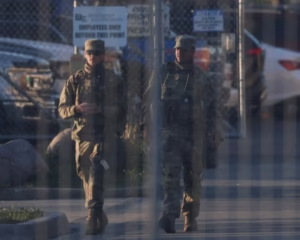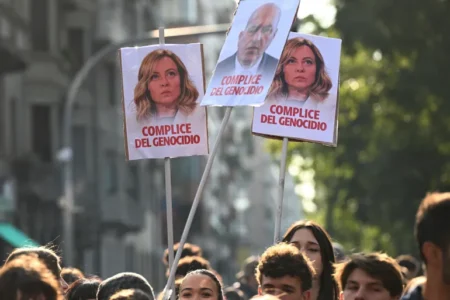India-Pakistan ceasefire decision was reached on May 10 after 19 days of tension and attacks. Although calm followed for a short time, the situation is heating up again. Both sides blame each other for breaking the ceasefire. There is also a new issue over the Indus Waters Treaty.
On Thursday night (May 15), Pakistan’s Foreign Minister Ishaq Dar spoke in the parliament. He said that the ceasefire came with help from the United States. After the agreement, military officers from both sides talked for the first time through a hotline on May 10. They agreed to extend the ceasefire until May 12.
Later, on May 12, another round of talks took place. This time, both sides agreed to keep the ceasefire until May 14. A third round of talks was held on May 14, and now the ceasefire will continue until May 18.
The crisis began on April 22. On that day, gunmen attacked a place called Pahalgam in Kashmir. Twenty-six people died. India blamed Pakistan for the attack. Pakistan denied the charge and asked for a fair and open investigation. Still, India took several strong actions against Pakistan. In return, Pakistan responded with its own steps.
Since then, the two countries have exchanged many threats. The tension became worse on May 6. That night, India launched a missile attack in Azad Kashmir, Pakistan’s part of the region. The attack hit at least nine locations. India called this move “Operation Sindoor“.
Just a few hours later, on May 10 early morning, India launched another missile attack. This time, it hit a Pakistani airbase. In response, Pakistan began its own mission. They named it “Operation Buniyad-un-Marsus”. Under this operation, Pakistan attacked 11 Indian military sites. They used Fateh-1 missiles.
Both countries have nuclear weapons. So, the world is watching the situation very closely. Many people fear that if things get worse, a big war could start. That’s why the ceasefire is so important.
On the afternoon of May 10, U.S. President Donald Trump shared a message on social media. He said both India and Pakistan had agreed to a ceasefire. He thanked both sides and called the decision wise and peaceful.
Even though there is a ceasefire in place, the two countries are still blaming each other for breaking it. Also, the old water-sharing deal between them—the Indus Waters Treaty—has now become a new problem.
Pakistan’s Foreign Minister added that more talks will be needed to keep peace. He said his country wants peace, but it will also defend itself if needed.
As of now, the India-Pakistan ceasefire is holding. But no one knows what will happen next. The coming days will be very important. If both sides keep talking and avoid attacks, the tension might go down. But if either country attacks again, things could get worse.
The world hopes India and Pakistan will choose peace. People on both sides of the border want calm and safety. Everyone is waiting to see if the ceasefire will last beyond May 18.







